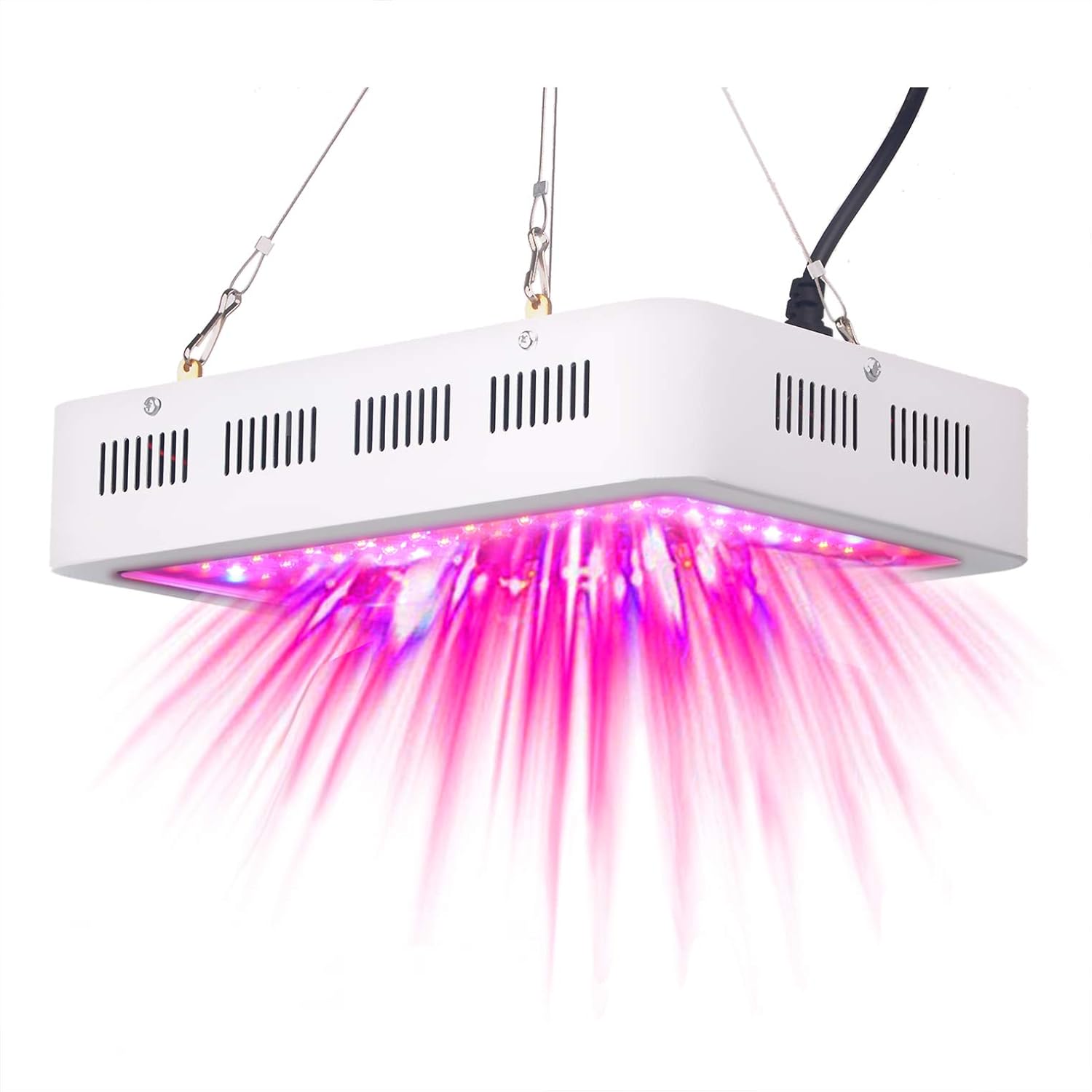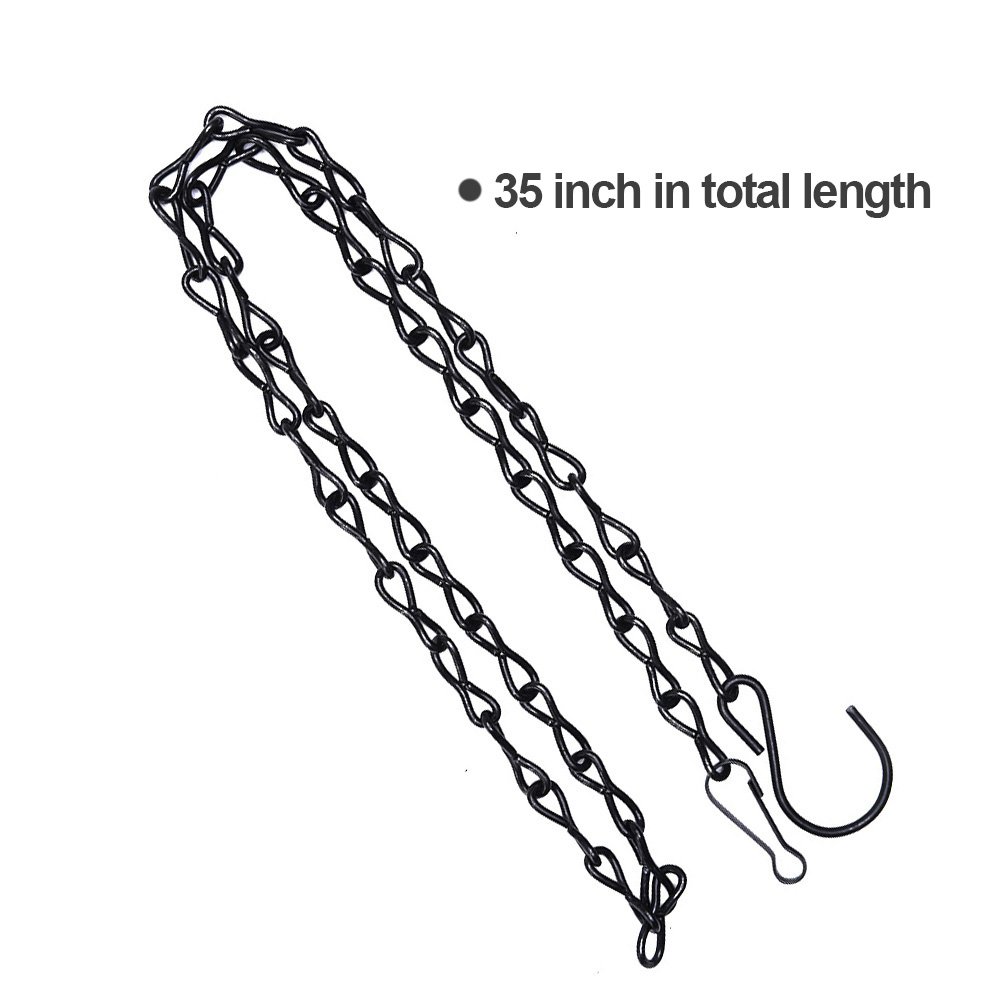
Thinking about seed starting or growing indoors? Here’s what you need to know about indoor grow lights for starting seeds, gardening inside, or houseplants.
Grow lights help you start part or your entire outdoor garden indoors during
cold winter days. Grow lights provide the proper light for rapid plant growth indoors.
Seed Starting or growing vegetables and flowers indoors requires grow lights and choosing the best grow lights is very important for a few reasons.
Firstly, the the type of plant you will be growing. some lights are better for some plants than
others some plants need more light while others need less.
Secondly, the cost of the grow lights vary greatly from LED to CFL. LED’s have higher up front cost but consume less energy while the CFL’s cost less and consume more energy than LED.
Thirdly the size of the grow area will also determine the type of grow lights you should get to give you the best result.
Grow lights . Having a cheap grow light is a huge savings in terms of cost. For instance the initial cost of buying an LED grow light might be high but in the long run you save money as a result of Electricity Savings for the long term (led light bulbs consumes far less electricity than other light bulbs). 
This post contains affiliate links. If you purchase a product or service with the links that I provide I may receive a small commission. There is no additional charge to you! Thank you for supporting 7Savings.com…
What is Color Spectrum in Grow Lights
When shopping for grow lights, you’ll see them labeled with numbers like 5000K or 6000K. This refers to their warmness or coolness on the color spectrum – the higher the number, the cooler the light. 6000k or more is great for Foliage growth, Some plants need a period of warmer light of around 3000K in order to produce fruits and flowers.

For seed starting, root crops or leafy green vegetables, you’ll need higher spectrum bulbs.
to grow fruiting plants and flowers like tomatoes, onion, peppers, marijuana, etc you’ll need low spectrum bulbs.
There are different types of grow lights the main once are:
Types of Grow Lights
The two main popular types of grow lights are LED grow lights and Fluorescent grow lights
LED stands for light-emitting diode which is a new and more advance type of grow light. led grow lights are more expensive compare to Fluorescent grow lights.
The expensive spectrum grow lights typically are higher quality lights and as a result they typically yield the best results.
Led grow lights are more energy efficient as a result they use half the energy of Fluorescent and last more than 5 times longer than Fluorescent grow lights.
led produce very little heat compared to other bulbs like Fluorescent.
led grow lights are capable of much greater light intensity than fluorescent bulbs hence the spectrum of the light.
The technology for LED grow lights has also improved greatly the past few years. As a result the grow lights you got last year will not be as good as those of this year.
Fluorescent or CFL (Compact fluorescent bulbs) bulbs are commonly used bulbs such as T5 and T12, they make great grow lights for starting seeds and indoor plants.
CFLs will screw into a regular incandescent light fixture.
They have different sizes and therefore can be used in different spaces.
They don’t last as long as LED’s
they are easily available in most home and hardware shops.

You can also use clamp lights like these for grow lights. checkout my post about the cheapest led grow lights
Things to consider
 The main things to look for when buying or making your own led grow system are:
The main things to look for when buying or making your own led grow system are:
Lumens: lumens is a measure of brightness of the light. the higher the lumens the brighter the light, the better result you might get.
Kelvin: Kelvin refers to the type of light produced or the color temperature (you want to mimic daylight) the higher the kelvin the better.
Watts: Watts is a measurement of the electricity used
LED grow light should be operating for at least 10-12 hours a day.
Starting seeds or growing vegetables you will need a grow light which is powerful enough to cover the grow area where your plants or seedlings are going to be. The area may differ depending upon the size of your grow station.
In conclusion if you can get these grow lights this cheap and still be able to start your seeds or grow plants indoors, why would you buy the expensive ones?
Grow light setup is varied depending on a couple of factors:
The space you have for your indoor garden,
The fixture you are using if any.
The type of bulb used, LED or CFL
But here are a few steps that go with grow light setup.
once you have decided where and how you are going to grow the next thing is
Find out how many bulbs you will need.
Most leafy plants require at least 30 watts per square foot,
Fruit plants like pepper require 40 to 50 watts per square foot.
Check the box or packaging of the bulb for Wattage. for instance some will say 24W for 24 watt or 600w for 600 watt.
Simply multiply the square footage of your growing area by the number of watts you plan to use(from 30 to 50)
Now divide by the number of watts supplied by the bulbs you plan to use.
Light Attachment
The next thing you’ll do is to figure out how you will hold or support the bulbs over the plants at the exact distance you want.
In most cases it needs to be adjustable so that as the plants grow you move the lights higher. I have one grow light that came with a metal chain and the others did not come with one. I hang those with a rope, A metal chain is better. I am planning on switching them to a metal chain so I can easily adjust them.
Add Other Necessary Accessories
Electric Timer:Get an Electric timer and plug your grow light into the Electric timer so you don’t have to worry about turning the Grow light(s) on and off everyday. Make sure they get the same amount of light each day. trust me you will be glad you did. you can get them for as low as $4.
Get an Electric Heater with Digital Thermostat: In the winter the  temperature is usually cold and some plants don’t do well or survive in the cold weather.
temperature is usually cold and some plants don’t do well or survive in the cold weather.
So put a small heater in your grow area and set the temperature to between 70 and 85 depending on the plant and the stage in their growth. This will ensure that when the temperature in the house, basement or outside falls, the temperature in the plant area stays at that optimum level for your plants or seedlings.
Seed Mat: For seedlings I recommend seed mat, seed mat help increase growing success and faster seed germination. seed mat helps maintain the temperature on you seed 
All you need to do is to attach the bulb to the light Clamp just as you would attach any other bulb and the clamp the light to a fixture that will hold the lamp above your plants. for Seed starting the grow light should be 2 and 4 inches above the plant. For other regular plants the grow light can be higher depending on the plant and its need for light.
How Long Should I Leave Grow Lights On?
Indoor plants require more light than out door plants, therefore it is recommended that you leave the light for about 12 to 18 hours per day and at least 6 hours of no light.
For seed starting I leave the light on for about 12 to 18 hours. so the plants get enough sunlight and grow healthier.
Distance between light and the plants or seedlings
As your seedlings and plants grow, raise the light fixture to maintain the optimal distance between the light and the plant or seedlings. This distance varies depending of they type of light used and the plant.
LED Grow Light :12 to 24 inches
Fluorescent Grow Light: 3 to 12 inches
Tip: Seedlings need to be closer to the light so that they absorb as much light as possible and not become leggy.
If you see your seedlings growing straight you without much stem or leaf support, it means they are not getting enough light and they’re growing longer to get closer to the light. if you see this happen move the light closer to the light as soon as possible. If not they will not do well or die.
Hope this helps you. For more information on indoor gardening checkout the following post:
Thanks for reading and watching, be sure to share this information with your friends and family using the social share buttons on the right . See you on the next article.












